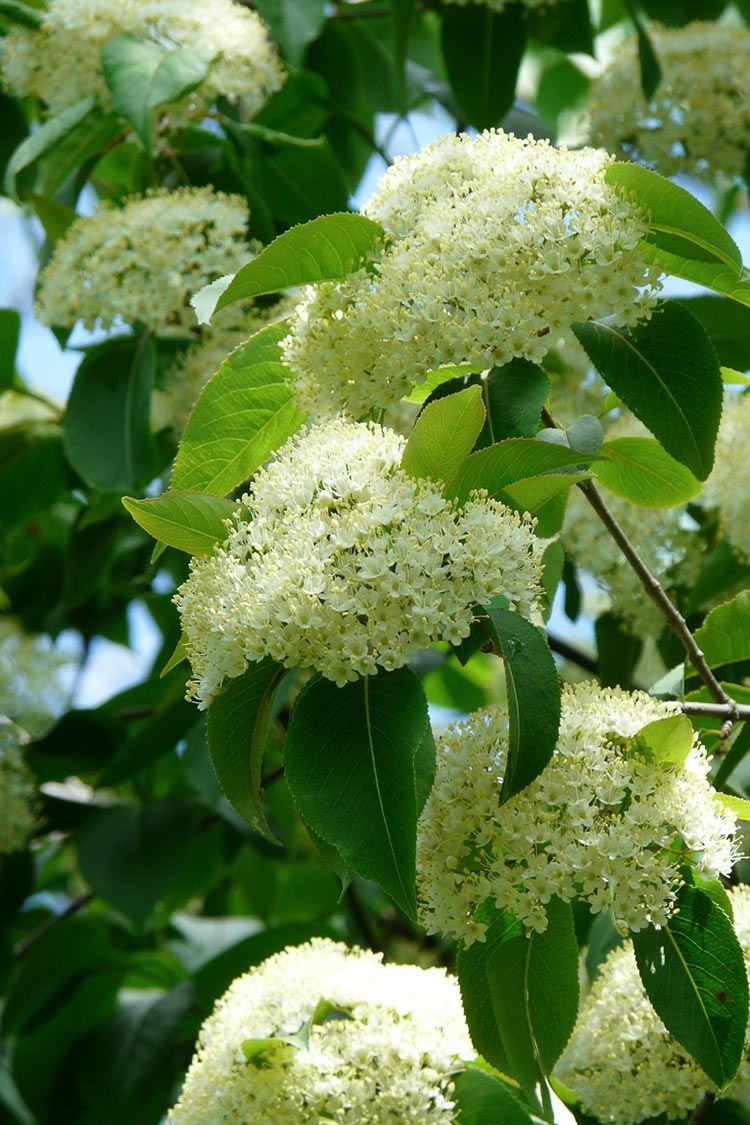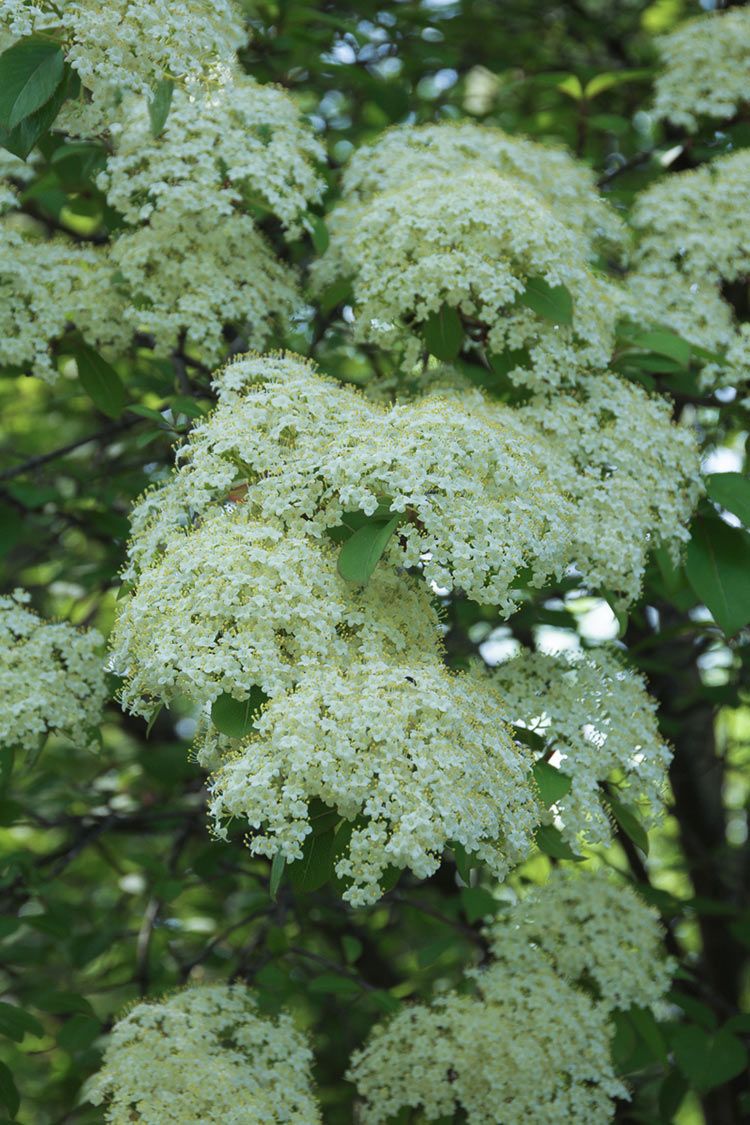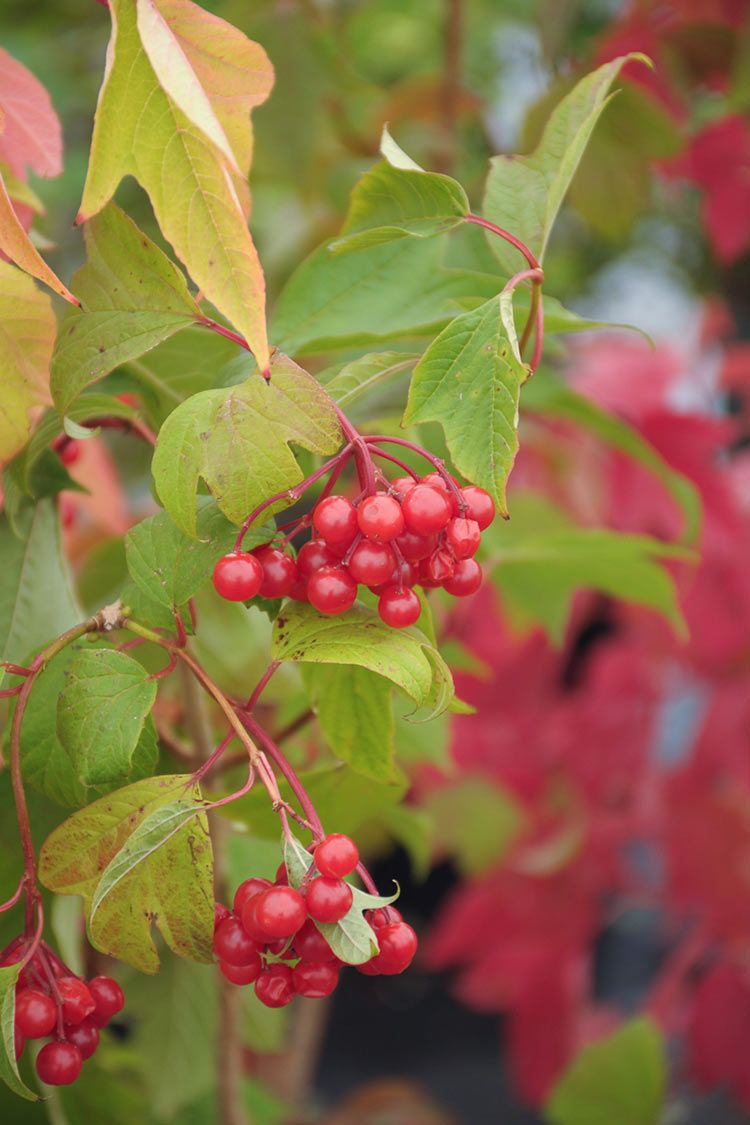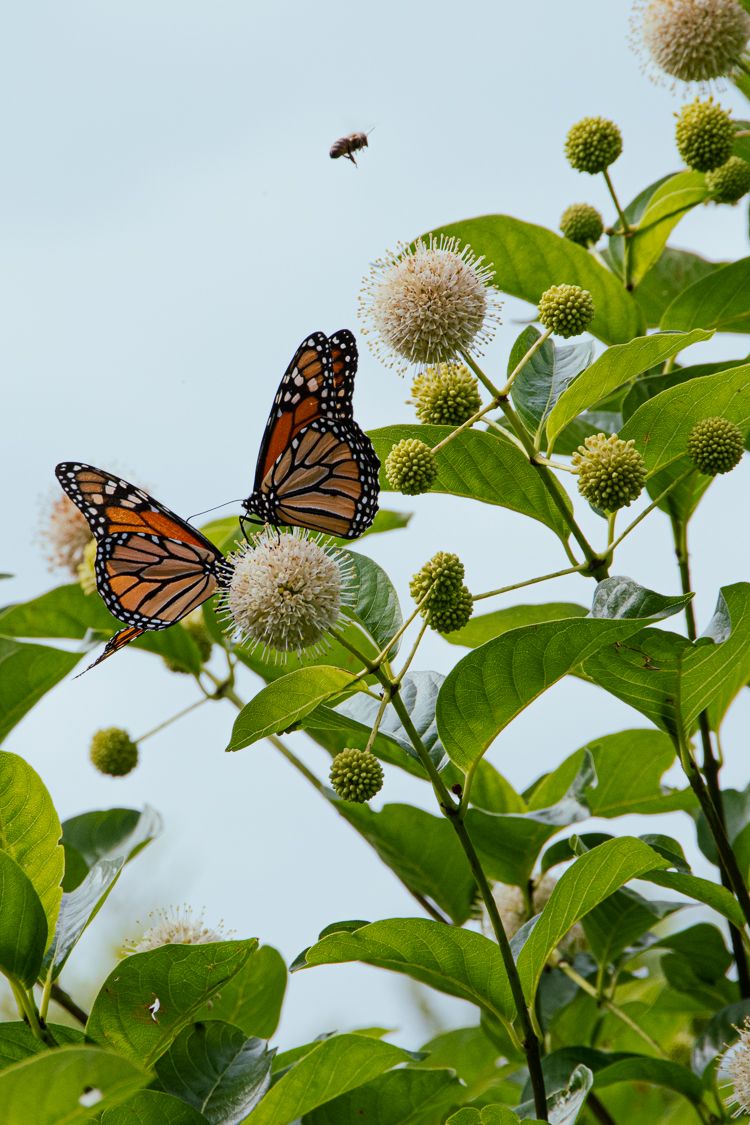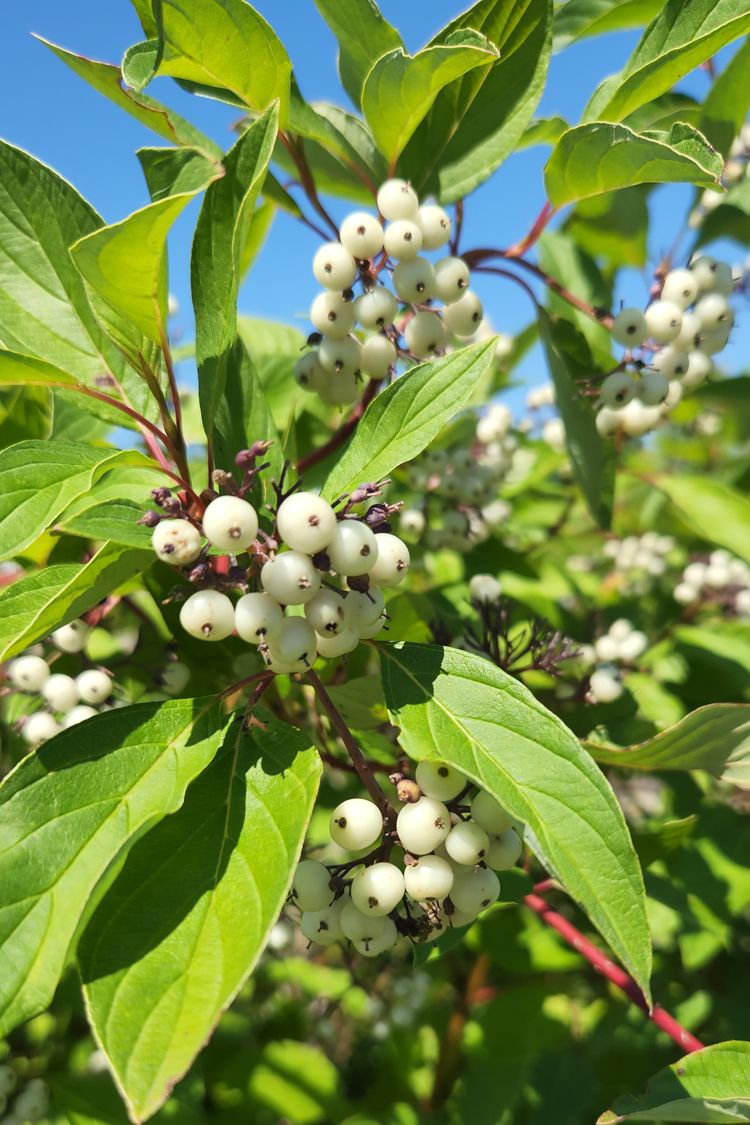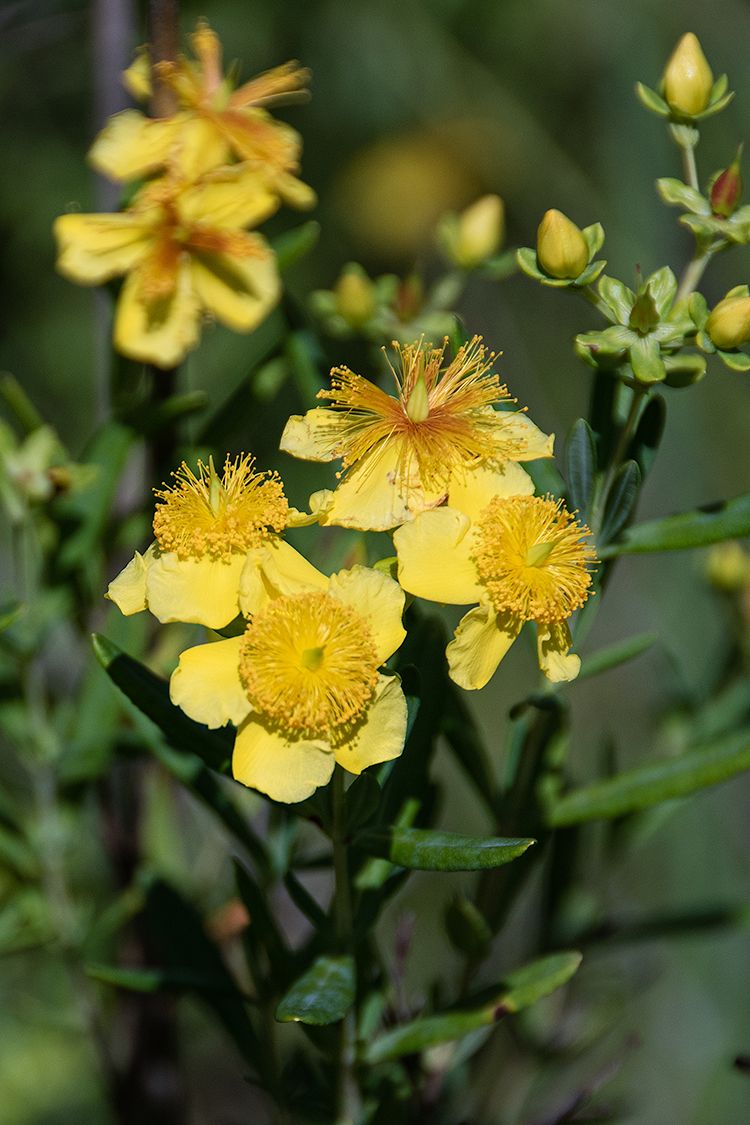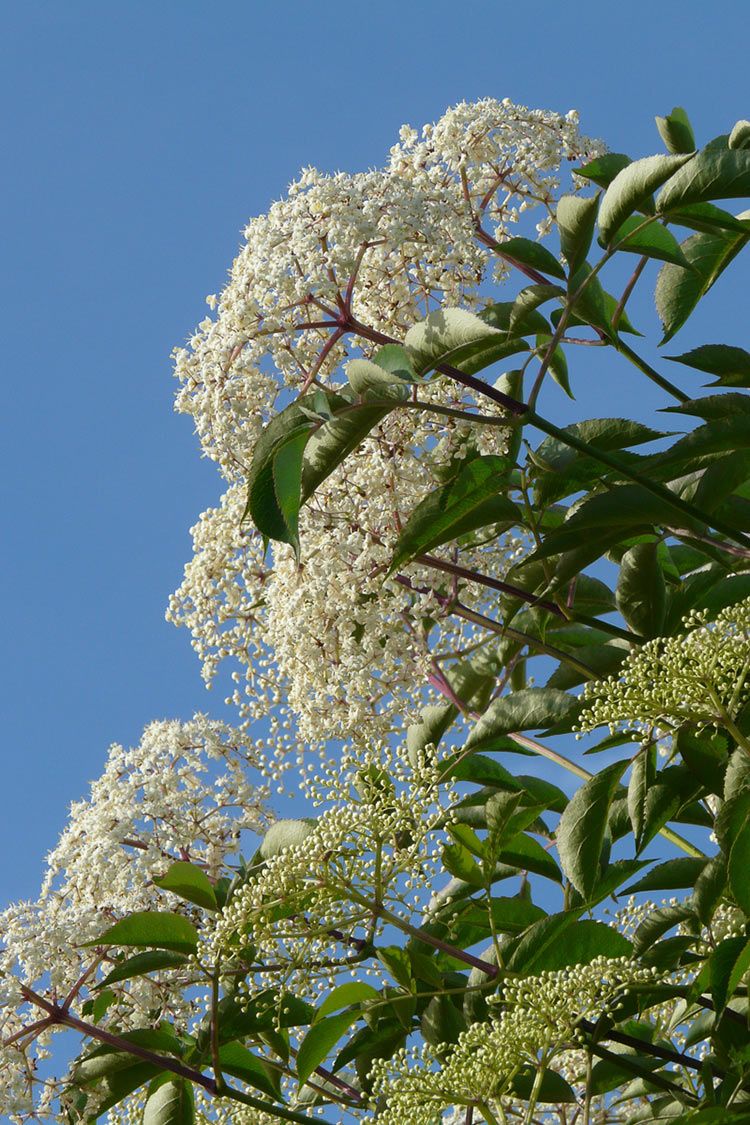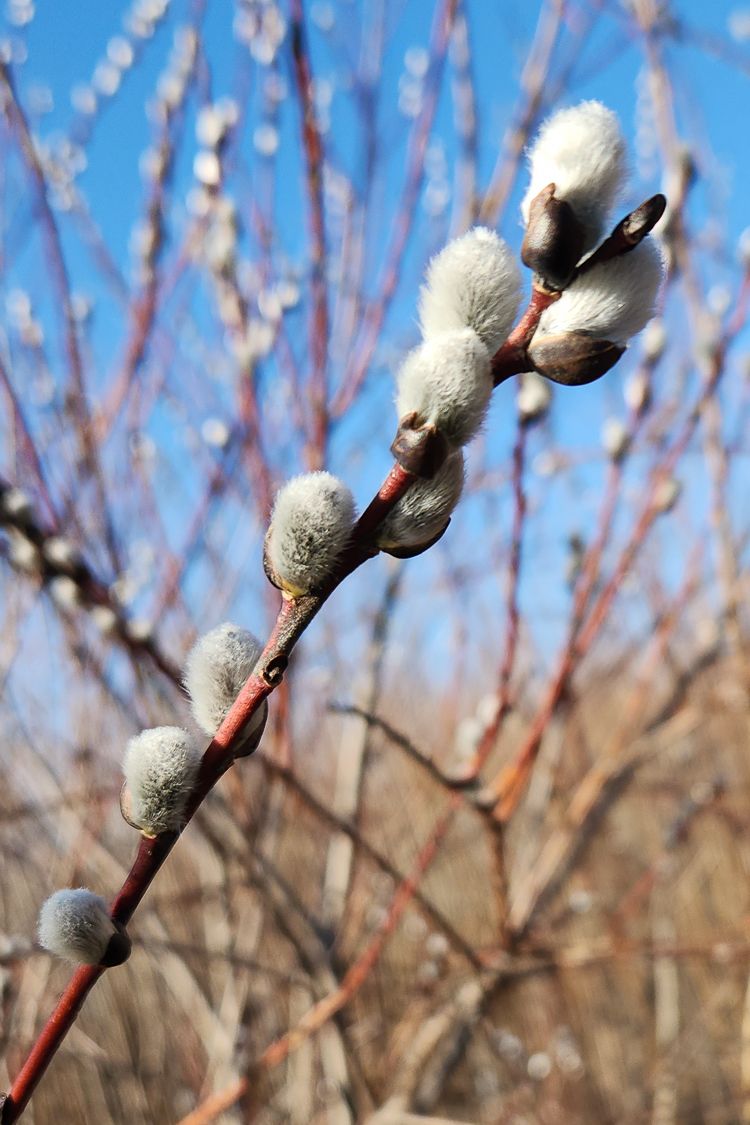Bladdernut
An attractive, flowering shrub native to the eastern United States and parts of Ontario, Bladdernut is an upright multi-stemmed shrub. This highly adaptable native will accept a wide range of soil conditions…
| Soil Type | Clay, Loam, Sand |
|---|---|
| Soil Moisture | Medium, Moist |
| Sun Exposure | Partial, Shade |
| Height | 8' – 15' |
| Bloom Color | White |
| Bloom Time | Apr, May |
| Spacing | 6' - 12' |
| Zones | 3, 4, 5, 6, 7, 8 |
| Benefits | Birds, Pollinators |
Bladdernut – Staphylea trifolia – is an attractive, flowering shrub native to the eastern United States. The tall multi-stemmed form, or cluster of small trunks, is upright with a loosely rounded shape. The height can reach 15 feet, and on rare occassion up to 20 feet. The suckering habit is not especially aggressive, making Bladdernut a good choice for the maintained landscape. It is possible to prune bladdernut into a small tree form if all suckers are diligently removed, and the growth of one primary branch is encouraged. It grows naturally in woodlands, along stream banks and bottomlands where it forms thickets. At home in a moist setting, this highly adaptable native will grow well in a wide range of soil conditions. In a sunny setting, consistent moisture is best.
Cream-colored, bell shaped flowers appear in spring. Showy and fragrant, the panicled blossoms are visited by a variety of pollinators including bumblebees, small solitary bees, and syrphid flies. The flowers eventually give way to the large, papery seed capsules around 1-2 inches long. The inflated bladder-like capsules are green when they mature in late summer, turning light brown by fall – alongside yellow-gold leaves. Seed capsules often persist into early winter. The seed pods are like wind chimes, with a pleasing rattling sound in strong winds. The bark is smooth and gray on new growth, and older shrubs will have white streaks in the bark of the thicker branches.
There isn’t much information available regarding Bladdernut as a host plant. However, the bladdernut plant bug (Lopidea staphyleae), white-marked tussock moth (Orgyia leucostigma), and fall webworm (Hyphantria cunea) are all known to be associated with this shrub.
Uses: Rain garden, shade garden, shrub border, grouping or shrub island. Plant Bladdernut in the understory area of the landscape, or near a stream, pond or water feature. Bladdernut is tolerant of black walnut trees (juglone tolerant).





